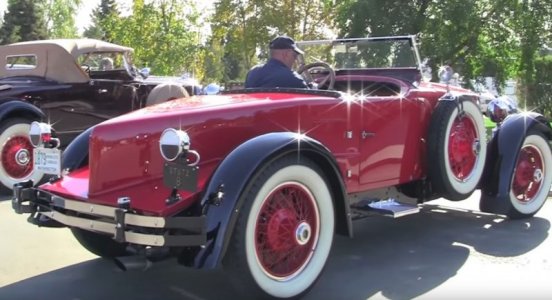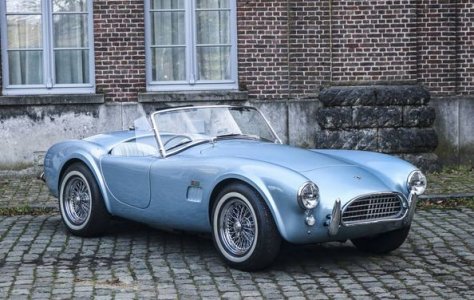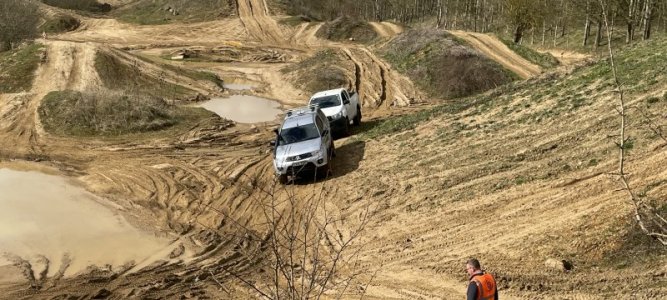Magna-Carta
Senior Member
- Location
- UK
Back in the early '80s when I was studying, we had a brilliant college lecturer. His claim to fame was racing historic cars. He and his business partner owned several from different eras, including, but not limited to, a 1929 Stutz Blackhawk with a straight 8 engine with overhead cam, a Frazer Nash with chain-driven gears (as in, the actual gears linked by several chains), an Aston Martin DB5, and a UK-built AC Cobra.
The AC Car Company would ship rolling chassis and bodies from the UK to the US, where Carroll Shelby’s team would fit Ford V8s. Then in a twist, AC in the UK began importing Ford V8s back in, to fit them directly into some of their cars.
Anyway, back to the early '80s, when the Audi Quattro was all the rage. We were learning about four-wheel-drive systems at college, and our lecturer, Terry, who affectionately referred to himself as, Mr. Bastard, told us about what he said was the first British road car with four-wheel drive: the Jensen FF Interceptor of 1966. It was powered by a Chrysler 6.3-litre V8 (383 cu in) and featured an early form of anti-lock braking, adapted from aircraft systems. Later Interceptors had 7.2-litre engines.
Jeson FF Intercepter:
Michelle Mouton driving her Four Wheel Drive Audi Quattro. Eventually, this type of 'Group B' racing was banned:
Stutz Blackhawk:

AC Cobra:

The AC Car Company would ship rolling chassis and bodies from the UK to the US, where Carroll Shelby’s team would fit Ford V8s. Then in a twist, AC in the UK began importing Ford V8s back in, to fit them directly into some of their cars.
Anyway, back to the early '80s, when the Audi Quattro was all the rage. We were learning about four-wheel-drive systems at college, and our lecturer, Terry, who affectionately referred to himself as, Mr. Bastard, told us about what he said was the first British road car with four-wheel drive: the Jensen FF Interceptor of 1966. It was powered by a Chrysler 6.3-litre V8 (383 cu in) and featured an early form of anti-lock braking, adapted from aircraft systems. Later Interceptors had 7.2-litre engines.
Jeson FF Intercepter:
Michelle Mouton driving her Four Wheel Drive Audi Quattro. Eventually, this type of 'Group B' racing was banned:
Stutz Blackhawk:

AC Cobra:

Last edited:






